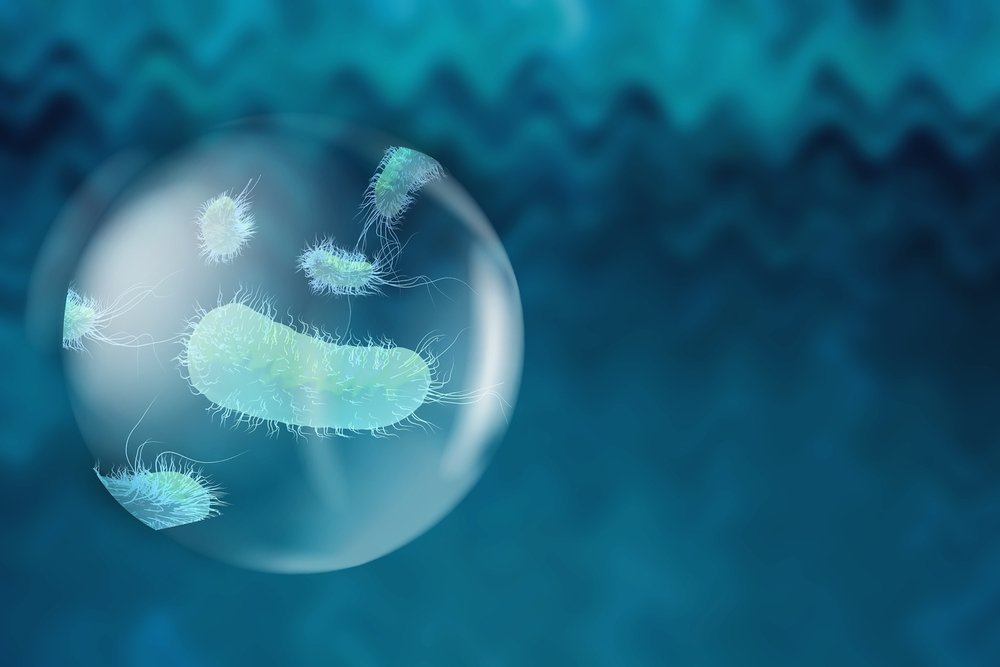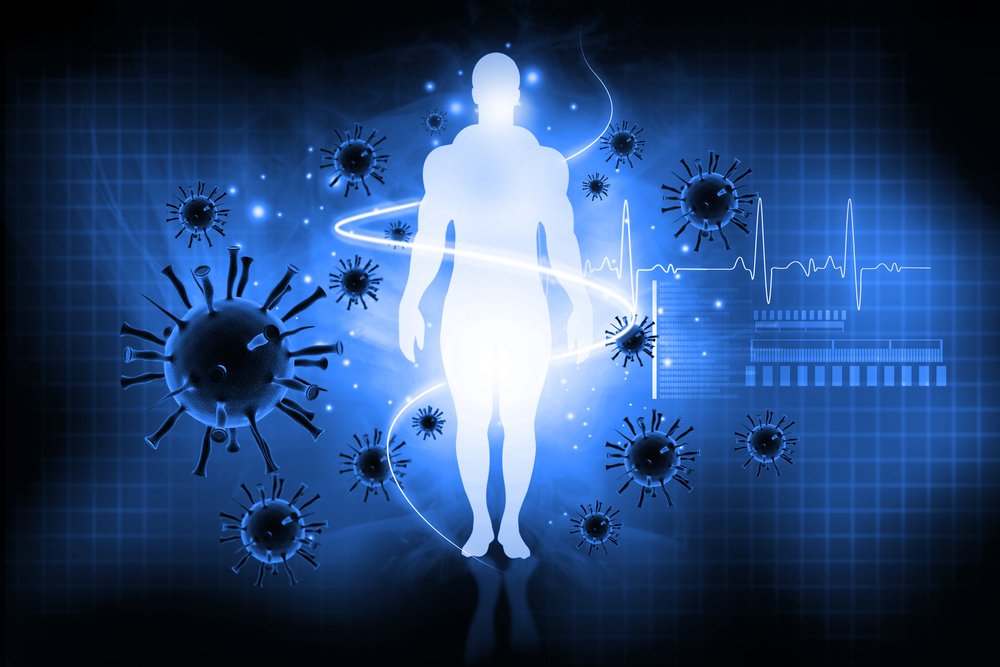In fantasy books and movies there is a storyline when a certain terrible disease comes to Earth, from which mankind begins to die out rapidly. But there is one or more people who for some reason do not get this infection. Is this possible, not in a Hollywood blockbuster, but in real life?
What can such exceptional resistance be due to, and is it possible to adjust the human genome so as to rid the entire population of the planet of the danger of contracting deadly or even simply unpleasant infections? The First Doc. suggests that we try to understand this difficult question.
Immunity Secrets
Very few people have a good idea of how the immune system works when encountering infection. How its work is related to heredity is also not yet the most studied area of science. But it is already known that genetics can determine resistance to certain viruses and bacteria, as well as predisposition to infections.
For example, among representatives of the Finno-Ugric peoples group there are the most people who are resistant to the human immunodeficiency virus. They have a certain mutation, because of which the virus, even if it enters the body, does not manifest itself in any way: it does not develop, cannot penetrate into cells, does not cause disease symptoms, and is not transmitted to other people. And even in cases where large amounts of the virus enter the body, which is important for HIV infection.
According to Academician V. V. Zverev, scientific director of the I. I. Mechnikov Scientific Research Institute of Vaccines and Sera, scientists are currently researching in three directions: the viruses themselves, the receptors through which viruses enter the cell, and how the immune system reacts to infection.
How likely the disease is to develop depends on these positions, as does how severe it will be and what it will leave behind – strong or weak immunity, permanent or temporary. It is a very complex system with many influencing factors.
It is possible to determine which gene needs to be “turned on” or “turned off” in order for the disease to take a milder form. But it is more difficult to do so. And what “side effects” may subsequently appear from such interference in genes are generally covered with the darkness of obscurity.
And it is very difficult to solve such problems: such studies cannot be performed on living people. Particularly because such manipulation of genes can have far-reaching consequences.
Incidentally, it was because of the unethical nature of such interventions into the human genome that Chinese scientist He Jiankui was sentenced to 3 years in prison for altering the DNA of the embryos, Lulu and Nana twins, using CRISPR-Cas9 technology. The girls, conceived through IVF, were born with congenital resistance to HIV infection.
The scientist intended to “turn off” the CCR5 gene, which encodes the protein by which the immunodeficiency virus can enter the cell. However, CRISPR-Cas9 technology, although it works more accurately than other methods of making changes to genes, is still not highly reliable.
The authors of the study, published in 2019 in the journal Nature, claim that the efficiency of genome editing with “genetic scissors” is only 10 to 50 percent.
In the case of the girls, only one of them acquired resistance to HIV infection. In the second of them, the probability of infection was only reduced because she managed to edit only one copy of the gene out of two. And it is not at all clear whether any other breakdowns occurred during the editing process.
Because it is already known, for example, that the CCR5 gene that has been edited and “turned off” in the twins is not only responsible for susceptibility to the human immunodeficiency virus. It also ensures the functioning of lymphocytes. And its “disabling” causes an increased risk of contracting other infections. It is because of this uncertainty that genetic experiments on embryos are currently prohibited by law in many countries.
Diseases vs. infections

There is also this.
Some genetically determined diseases cause the development of resistance to certain infections. In a paper published in 2015, researchers from the United States reported some such combinations.
For example, hemoglobinopathy is associated with resistance to malaria; those with cystic fibrosis have virtually no risk of getting cholera. Tay-Sachs disease gives resistance to tuberculosis, and phenylketonuria in women protects them from mycotoxin, which causes pregnancy failure.
The article also notes that the hemoglobinopathy-malaria pair is also associated with increased susceptibility to respiratory infections, which clearly demonstrates a complex relationship: some gain in one direction is associated with deterioration in the others.
There is also evidence that myasthenia gravis can cause resistance to rabies virus, one of the most dangerous animal-borne diseases. Another understudied combination is Niemann-Pick disease, in which there is an abnormal accumulation of cholesterol in the lysosomes, and reduced susceptibility to Ebola virus and Marburg virus.
Physicians had previously been aware of the existence of various kinds of relationships between diseases. For example, the study of the relationship between hemosiderosis and typhoid fever led to the creation of a vaccine that interfered with this relationship.
Hemosiderosis is a genetic disease resulting in excess hemosiderin and therefore excess iron in the blood. Salmonella enterica is an intestinal pathogen that can cause a systemic infection called typhoid fever. Salmonella enterica is dependent on iron intake, and thus excess iron can lead to increased susceptibility to typhoid fever in patients with hemosiderosis. This information has been used to develop a vaccine that blocks iron consumption by the bacteria.
What to expect in the future?

Science is advancing rapidly, and genetics is one of the sciences experiencing an incredible explosion. Already today, drugs based on genetic research have been created and are working.
Apparently, the day when medicine will become extremely personalized is not far off. What does this mean?
That based on gene analysis it will be possible to create a kind of “passport” for each person, which will indicate to which diseases he is more resistant and to which he is more susceptible. And based on this data, the doctor will be able to give not general recommendations, but to develop a personal strategy for strengthening and maintaining health, including recommendations for physical activity, diet, and vaccinations.
And in the case of illness, it will be possible to select medications and the dosage of medications more accurately.
How long to wait for this? There is no answer to this question yet. But it is possible to increase the probability that living earthlings will be able to see such changes with their own eyes: read about how to live to be 100 years old on our website.
Sources used
- Genetic diseases conferring resistance to infectious diseases / Withrock IC et al // Genes Dis. – 2015
- Search-and-replace genome editing without double-strand breaks or donor DNA / Anzalone, A.V., Randolph, P.B., Davis, J.R. et al. // Nature – 2019
- Genetics of susceptibility to infectious diseases
The articles on this site are for information purposes only. The site administrators are not responsible for attempting to apply any recipe, advice or diet, nor do they guarantee that the information provided will help or harm you personally. Be cautious and always consult a doctor or nutritionist!
*All products recommended by thefirstdoc.com are selected by our editorial team. Some of our articles include affiliate links. If you buy something through one of these links, you help us earn a small commission from the seller and thus support the writing of useful and quality articles.





